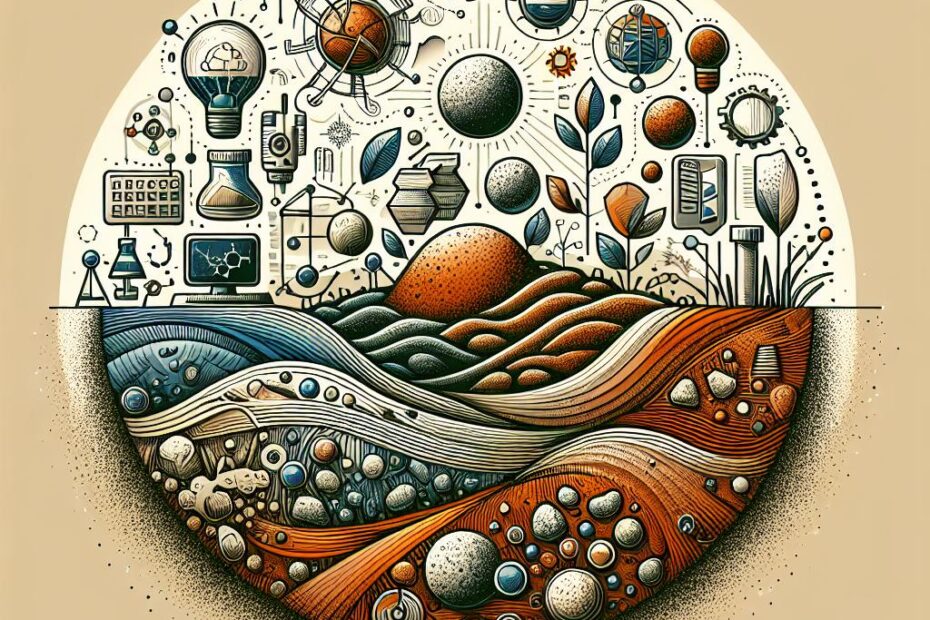Title: Is Soil a Mixture or Compound? Understanding the Composition of Earth’s Foundation
Introduction:
When it comes to understanding the composition of soil, there is often confusion about whether it should be categorized as a mixture or a compound. Soil is a complex and vital component of our planet’s ecosystem, supporting plant growth, filtering water, and providing habitat for a variety of organisms. In this article, we will delve into the science behind soil composition, answering the question of whether soil is a mixture or a compound.
Understanding Soil Composition:
Soil is a dynamic mixture of organic matter, minerals, water, and air, all of which interact to create a fertile environment for plant growth. The basic components of soil include:
-
Minerals: Soil is primarily made up of mineral particles, derived from the weathering of rocks over thousands of years. The three main types of soil particles are sand, silt, and clay, each with different properties that influence soil structure and fertility.
-
Organic Matter: Organic matter in soil comes from decaying plant and animal material, as well as living organisms like earthworms and microbes. This organic matter provides nutrients for plants, improves soil structure, and helps retain moisture.
-
Water: Water is essential for soil health, facilitating the movement of nutrients to plant roots and supporting microbial activity. Soil moisture levels can vary depending on factors like rainfall, drainage, and evaporation.
-
Air: Soil contains pockets of air that are crucial for the respiration of plant roots and soil organisms. Adequate soil aeration is necessary for healthy root growth and microbial activity.
Is Soil a Mixture or Compound?
Now, let’s address the question of whether soil should be classified as a mixture or a compound.
- A mixture is a combination of two or more substances that are not chemically bonded together and can be separated by physical means.
- A compound, on the other hand, is a substance made up of two or more elements that are chemically bonded together in fixed proportions.
Based on this distinction, soil is considered a mixture rather than a compound. Soil is composed of a variety of materials—minerals, organic matter, water, and air—that are physically mixed together but not chemically bonded. This is why soil can be separated into its individual components through physical processes like sieving or filtration.
Table: Soil Composition
Here’s a breakdown of the typical composition of soil:
| Component | Percentage |
|---|---|
| Minerals | 45-50% |
| Organic Matter | 1-5% |
| Water | 25% |
| Air | 25-30% |
Benefits of Understanding Soil Composition:
- Improved Agriculture: Understanding soil composition can help farmers optimize fertilization practices and improve crop yield.
- Environmental Conservation: Knowledge of soil composition can aid in soil conservation efforts and prevent soil degradation.
- Landscaping and Garden Design: Knowing the composition of soil can guide landscaping decisions and plant selection for gardens.
Practical Tips for Soil Management:
- Conduct a soil test to determine the pH, nutrient levels, and texture of your soil.
- Amend soil with organic matter like compost to improve fertility.
- Practice crop rotation to maintain soil health and diversity.
- Mulch your garden beds to retain moisture and suppress weeds.
Conclusion:
In conclusion, soil is a complex and dynamic mixture of minerals, organic matter, water, and air that supports life on Earth. Understanding the composition of soil is essential for sustainable agriculture, environmental conservation, and landscaping practices. By recognizing soil as a mixture of components, we can better appreciate the interconnectedness of the natural world and work towards preserving this precious resource for future generations.
